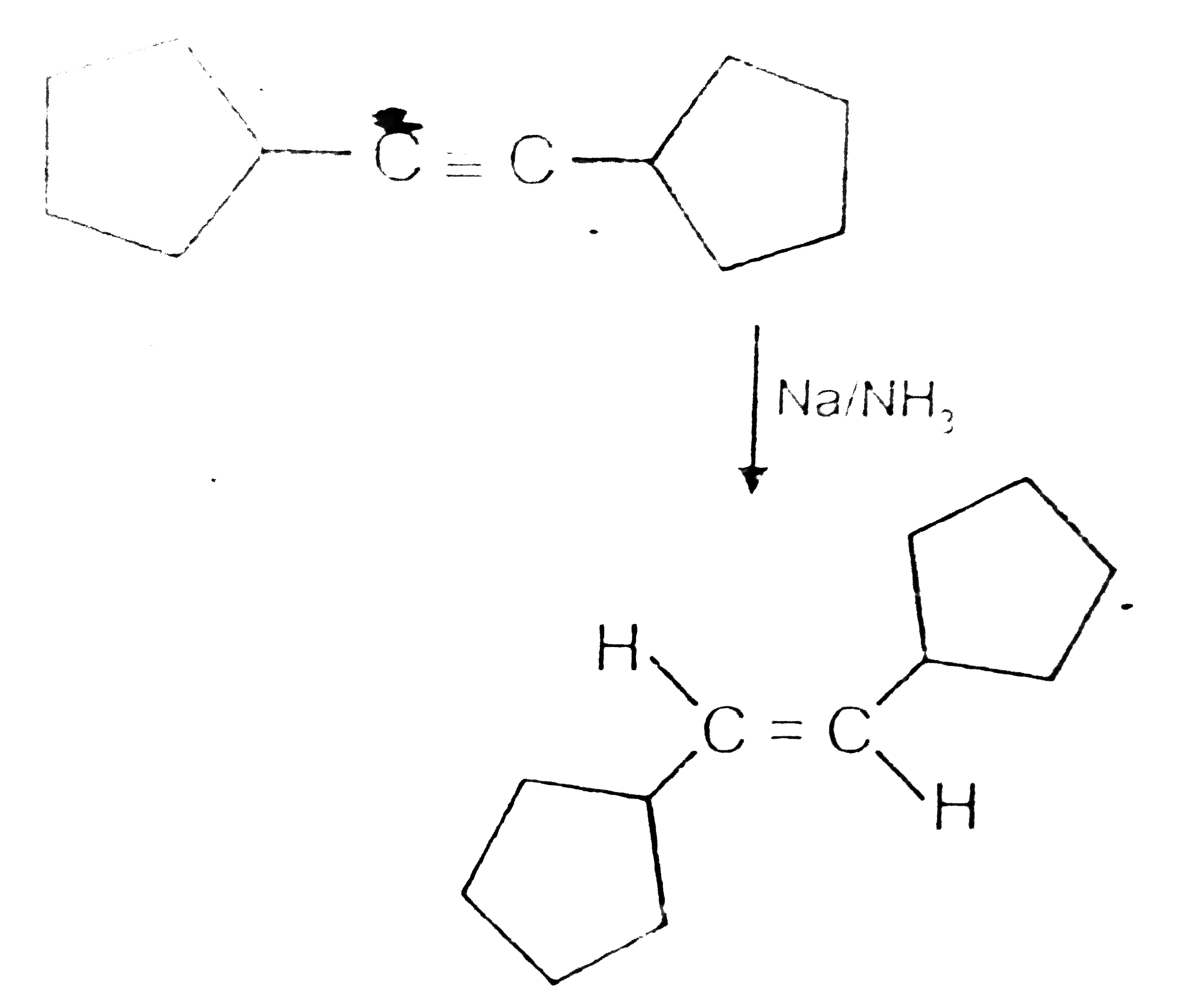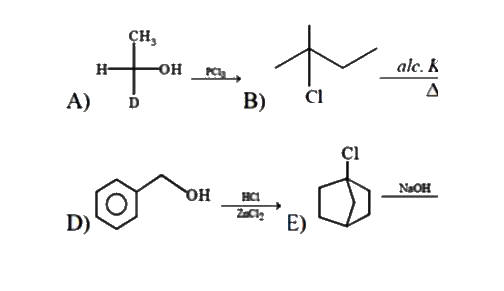Fittig's reaction
Step-by-Step Text Solution for Fittig's Reaction
Step 1: Understanding the Reactants
- Fittig's reaction involves the use of haloarenes, which are aromatic compounds that contain halogen atoms (such as Cl, Br, or I) attached to a benzene ring.
- In this reaction, we need two moles of haloarenes.
Step 2: Reaction Conditions
- The reaction requires sodium (Na) as a reducing agent. Specifically, we use two moles of sodium in the reaction.
Step 3: The Reaction Mechanism
- When two moles of haloarenes are treated with sodium, a coupling reaction occurs. The sodium reduces the halogen atoms, allowing the two haloarene molecules to couple together.
- This results in the formation of a biphenyl compound (dibenzene) as the main product.
Step 4: By-products Formation
- As a result of the reaction, sodium halide (NaX) is produced as a by-product. Since two moles of haloarenes are used, two moles of sodium halide will be formed.
Step 5: Overall Reaction Equation
- The overall reaction can be summarized as follows:
2R-X+2Na→R-R+2NaX
Here, R represents the aryl group from the haloarene, and X represents the halogen.
- Fittig's reaction involves the use of haloarenes, which are aromatic compounds that contain halogen atoms (such as Cl, Br, or I) attached to a benzene ring.
- In this reaction, we need two moles of haloarenes.
- The reaction requires sodium (Na) as a reducing agent. Specifically, we use two moles of sodium in the reaction.
- When two moles of haloarenes are treated with sodium, a coupling reaction occurs. The sodium reduces the halogen atoms, allowing the two haloarene molecules to couple together.
- This results in the formation of a biphenyl compound (dibenzene) as the main product.
- As a result of the reaction, sodium halide (NaX) is produced as a by-product. Since two moles of haloarenes are used, two moles of sodium halide will be formed.
- The overall reaction can be summarized as follows:
2R-X+2Na→R-R+2NaX
Here, R represents the aryl group from the haloarene, and X represents the halogen.
Topper's Solved these Questions
Similar Questions
Knowledge Check
Consider the following reaction :

The major products formed in this reaction are :A B
B C
C DNo reaction
DNo reaction
Explain the given reactions with the examples.
(a) Hydrogenation reaction , (b) Oxidation reaction
(c ) Substitution reaction , (d) Saponification reaction
(e) Combustion reaction
View SolutionConsider the following reaction
 The reactive intermediate invovled in this reaction is
The reactive intermediate invovled in this reaction is
View SolutionIdentify number of nucleophilic substitution reactions in the given reactions?

View SolutionWhy are decomposition reactions called the opposite of combination reactions? Write equations for these reactions.
View SolutionDifferenctiate between,- a. Direct combination reaction & a decomposition reaction b. Displacement reaction & a neutralization reaction.
View SolutionAddition reactions and substitution reactions are types of organic reactions. Which type of reaction is shown by ethene?
View SolutionAddition reactions and substitution reactions are types of organic reactions. Which type of reaction is shown by ethane
View Solution

